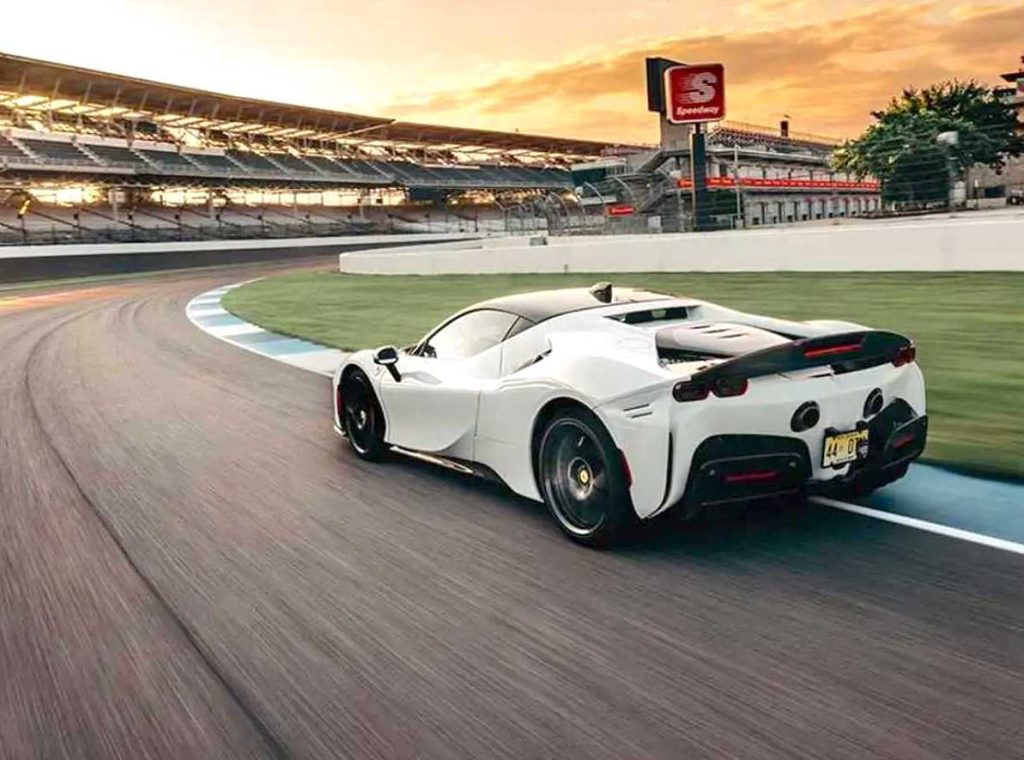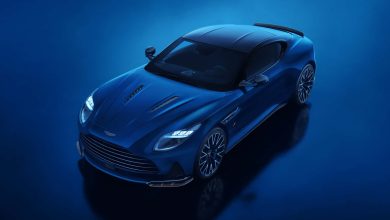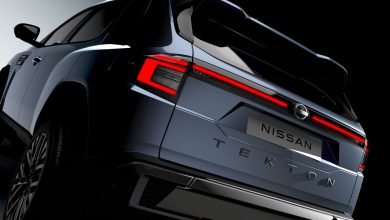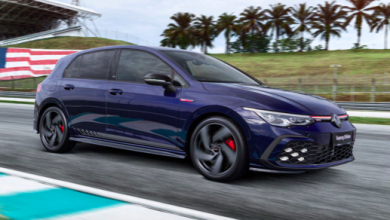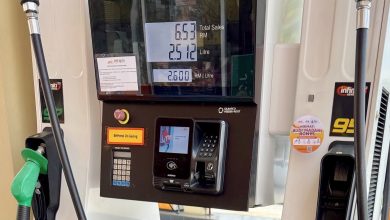Ferrari’s Upcoming EV Has Some Really Impressive Tech Specs
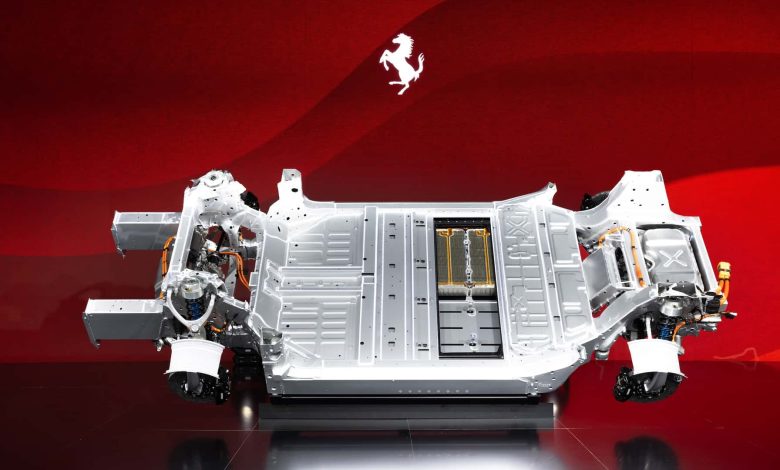
Ferrari is really throwing all it can to see for its all-electric Elettrica remain “first and foremost a Ferrari.”
Irrespective of how one might feel about it, an all-electric Ferrari is soon to be upon us. And just before the tailpipe-less GT makes its world debut in the summer of 2026, the Prancing Horse marque has begun lifting the veil on what it officially calls the Elettrica.
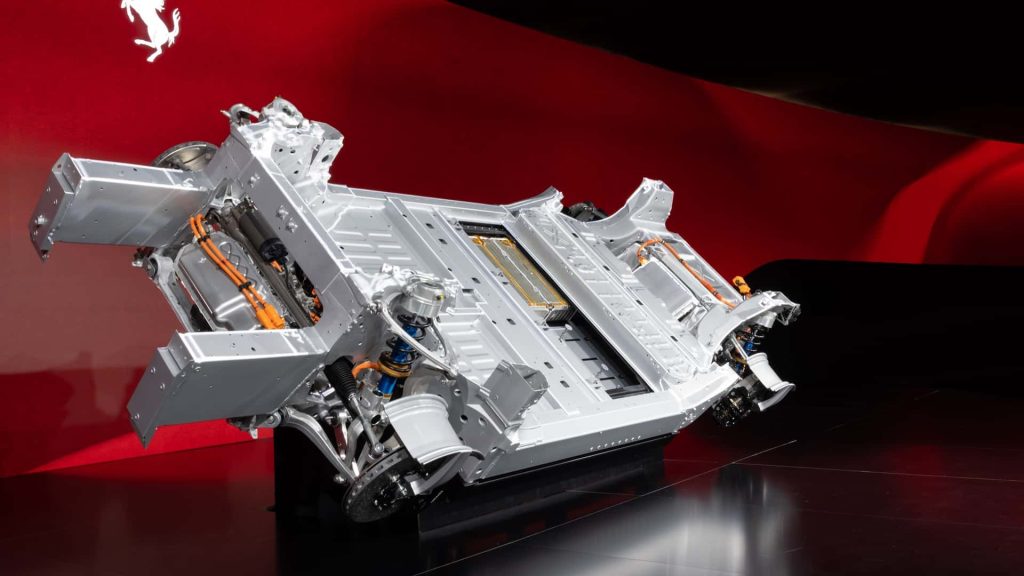
Now what has been revealed is that at the core of this electric Fezza lies a bespoke quad-motor setup featuring two e-axles with two motors each, delivering full torque vectoring and all-wheel drive. The front pair, derived from the F80 hypercar, spin up to 30,000 rpm and produce 282 hp, while the rears contribute another 831 hp. Combined, the system outputs over 986 hp in Boost mode.
Naturally, with all that power, the Elettrica will be unmistakably Ferrari fast. The 0 to 100 km/h sprint is said to take just 2.5 seconds, while top speed is claimed at 310 km/h. Each motor integrates its own inverter and single-speed reduction gear, achieving 93% efficiency and instantaneous torque delivery.
The front e-axle can also decouple entirely for improved cruising efficiency, switching the car to rear-wheel drive when maximum performance is not required (or perhaps when a bit of drifting fun is in order).
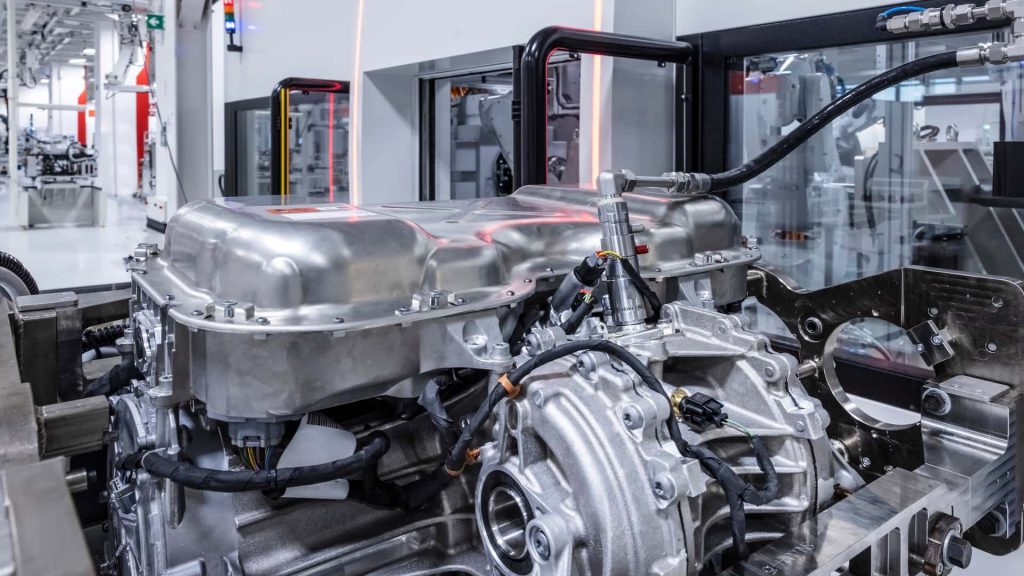
Power management comes courtesy of Ferrari’s silicon-carbide-based Ferrari Power Pack (FPP) inverters, tuned for both power density and refinement through a system called Ferrari Order Noise Cancellation. This filters unwanted harmonics to ensure that the only sound you hear is the one Ferrari intends you to.
And that sound is a story in itself. Instead of generating artificial engine noise, the Elettrica amplifies real mechanical vibrations from its motors via precision accelerometers, similar to how an electric guitar pickup works. This creates a natural and evolving tone that rises and falls with throttle input. Ferrari’s head of sound and vibration, Antonio Palermo, describes it as “language and connection.” It does not mimic a combustion note but instead builds an entirely new form of emotional feedback.
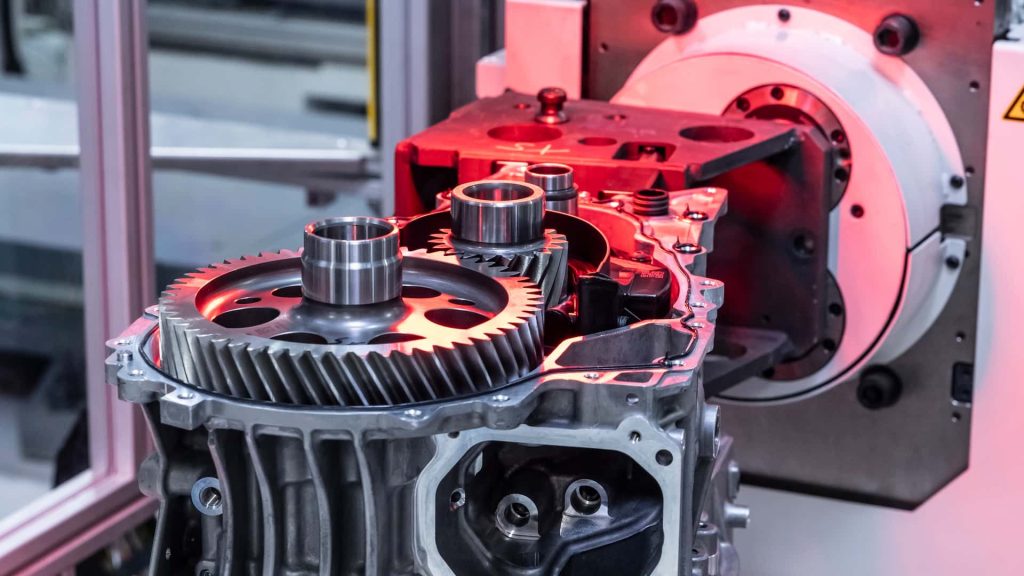
Powering all this is a 122 kWh battery pack using high-density NMC pouch cells from long-time partner SK On, boasting 195 Wh/kg, which is among the highest of any production EV. Ferrari quotes over 530 km of WLTP range and supports 800-volt architecture for up to 350 kW DC charging.
To optimise balance and safety, 85% of the battery mass sits beneath the floor, with the rest tucked under the rear seats. This arrangement achieves a 47:53 weight distribution and a centre of gravity that is 80 mm lower than that of a comparable combustion Ferrari.
The pack itself forms part of the chassis structure, mounted at 20 anchor points for rigidity. Cooling channels double as crash absorption zones, while a variable water-glycol circuit ensures consistent performance even under track use. In a rather un-Ferrari twist too, the pack is also fully repairable and removable without requiring chassis damage or replacement.
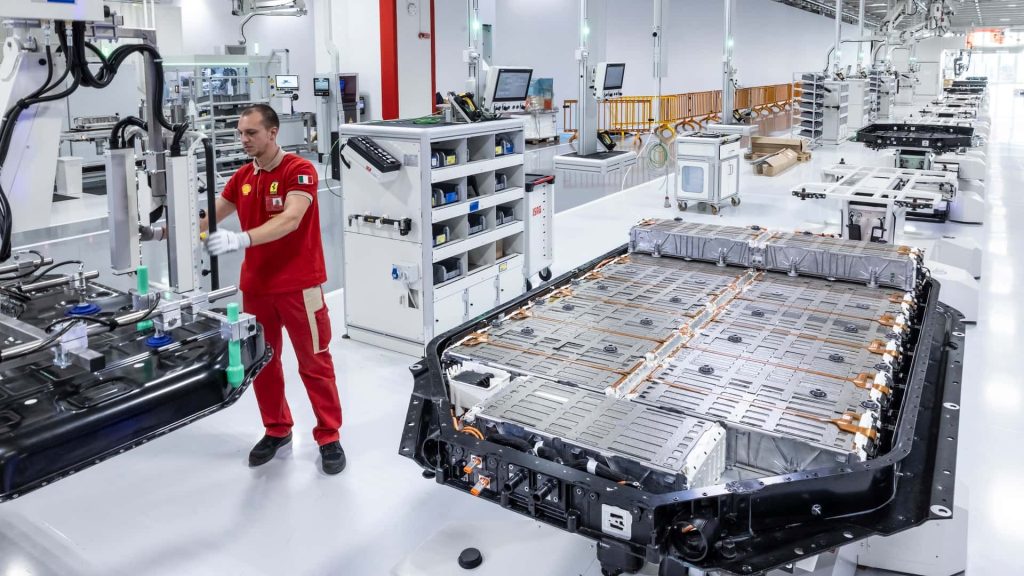
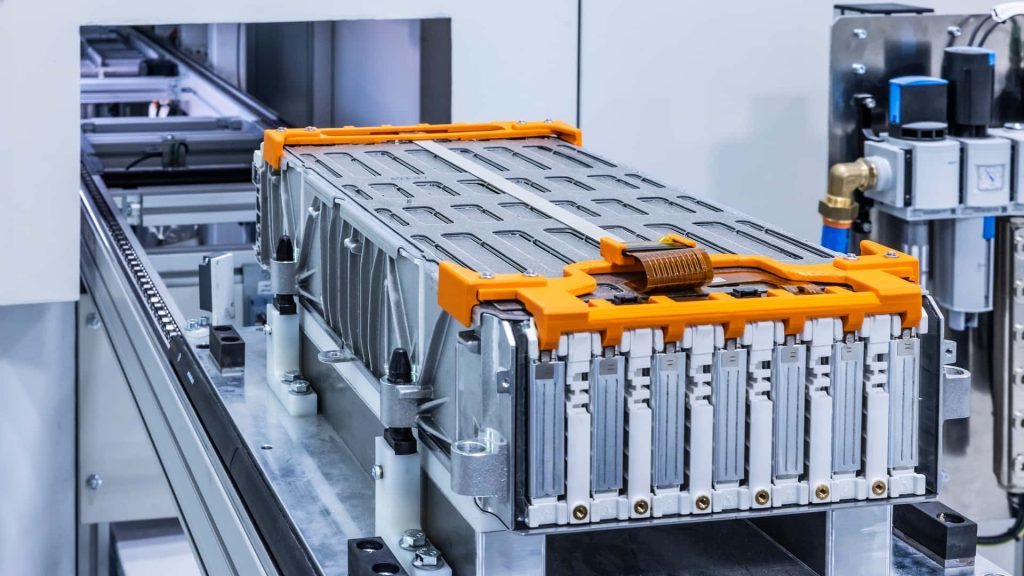
Chassis architecture of the Elettrica borrows from Ferrari’s mid-engined berlinettas, but is reinterpreted for a grand touring EV. With a compact 2,960 mm wheelbase and short overhangs, the driver sits close to the front axle for an intimate connection with the road. The body structure further uses 75% recycled aluminium, with Ferrari’s largest-ever single-piece hollow casting forming the rear subframe.
Ride and handling are managed by Ferrari’s third-generation 48V Active Suspension setup, first seen on the Purosangue and F80. Using motorised dampers with recirculating ball screws, it continuously adjusts damping and roll stiffness up to 200 times per second, even replacing traditional coil springs during driving to maintain optimal tyre contact. Combined with active torque vectoring and rear-wheel steering capable of up to 2.15º of articulation, Ferrari claims the Elettrica can control vertical, longitudinal, and lateral forces simultaneously, making it one of the most dynamically advanced cars it has ever built.
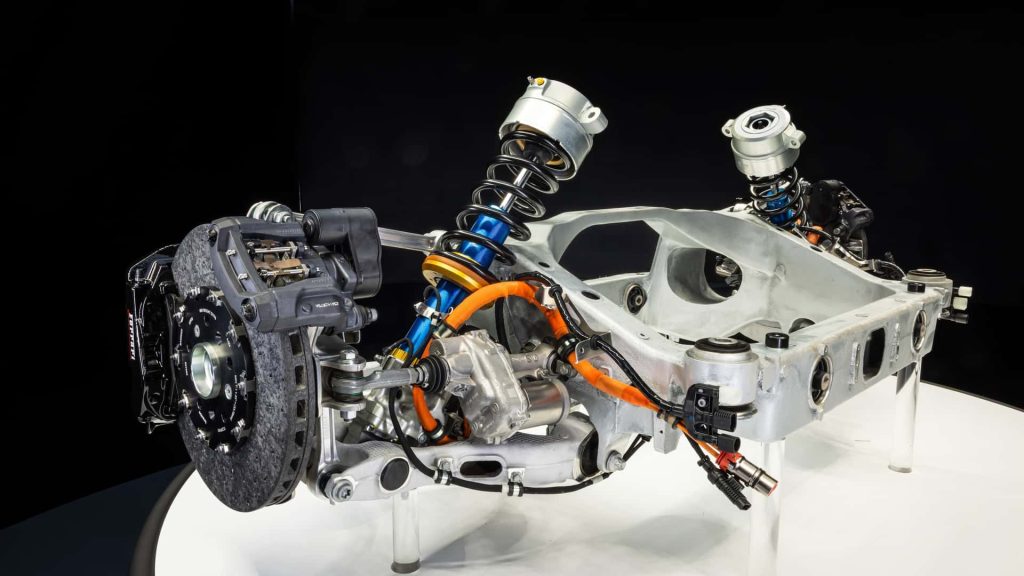
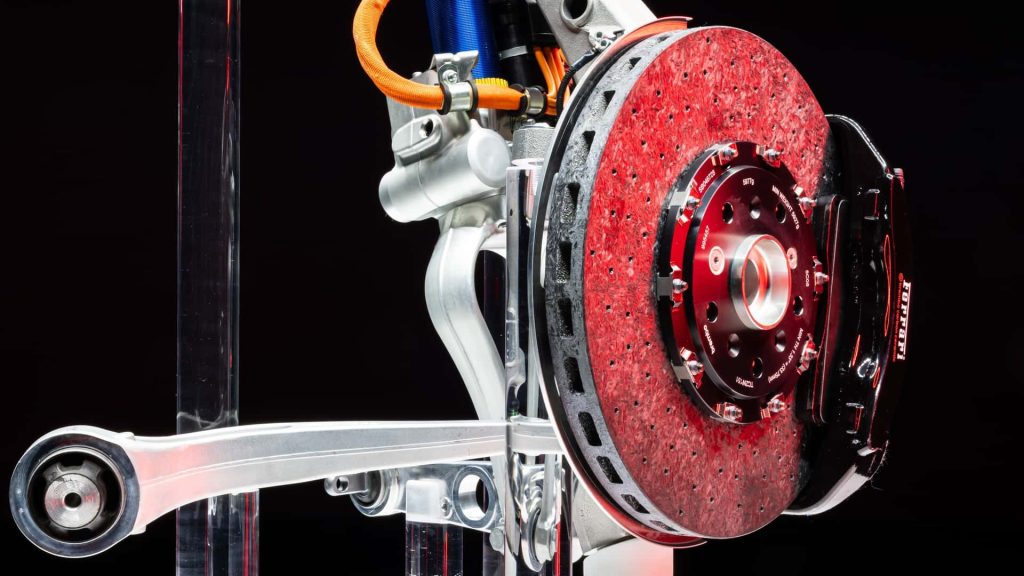
Interestingly, Ferrari has chosen to position the Elettrica not as a supercar but as a four-door, four-seat grand tourer. As product development chief Gianmaria Fulgenzi explains, electrifying a lightweight two-seater would not yield sufficient benefits to offset the added weight. The GT format however allows engineers to fully exploit electric torque and advanced chassis control for both comfort and engagement.
Despite its 2,300 kg kerb weight and technology-heavy construction, Ferrari insists the Elettrica remains “first and foremost a Ferrari.” It is not chasing range records or drag-strip glory, but rather authentic, repeatable driving pleasure.
The final design remains under wraps, though prototypes suggest a rakish, coupe-like four-door silhouette penned in collaboration with Jony Ive and Marc Newson’s LoveFrom studio.
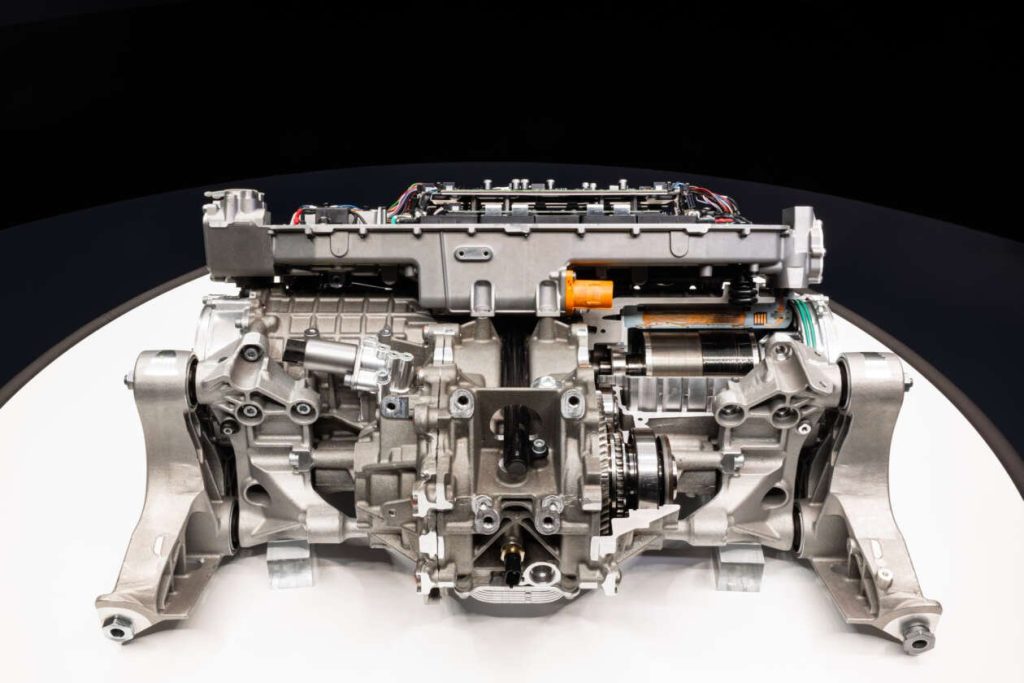
When the Elettrica makes its full debut in mid-2026, it will represent more than just a new model. Ferrari describes it as its interpretation of what an electric vehicle should be, pushing technological boundaries while preserving the performance and driving emotion for which the brand is renowned.
Unlike many manufacturers scaling back their EV ambitions, Ferrari CEO Benedetto Vigna believes now is exactly the right time to innovate. As he explains, the mandate to embrace new technologies was set by Enzo Ferrari himself in 1947, and maintaining leadership means never standing still.
And if the early figures are any indication — a thousand horsepower, sub-three-second acceleration, cutting-edge chassis control, and a sound born of real mechanical resonance — the Elettrica may well prove that even in silence, a Ferrari still knows how to sing.
